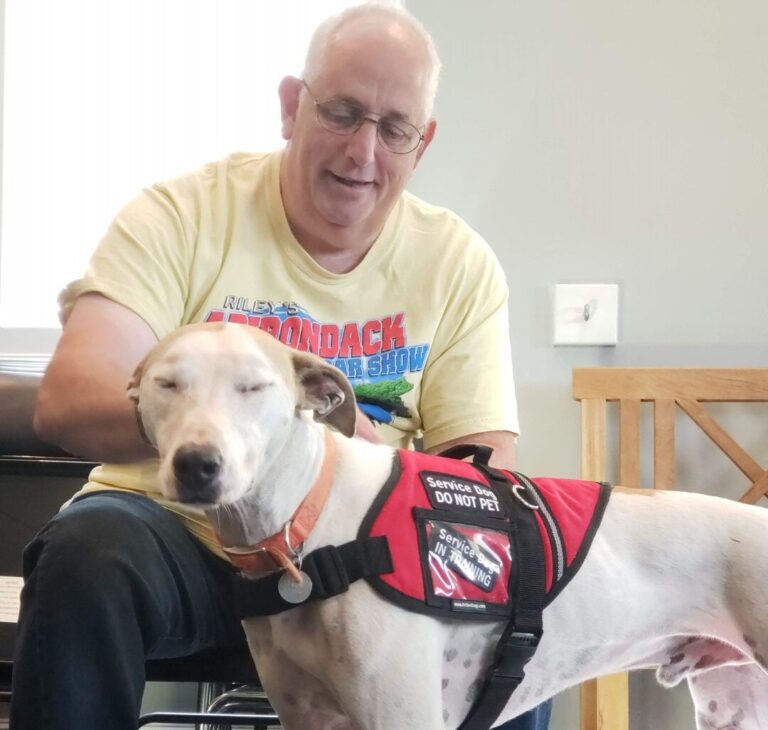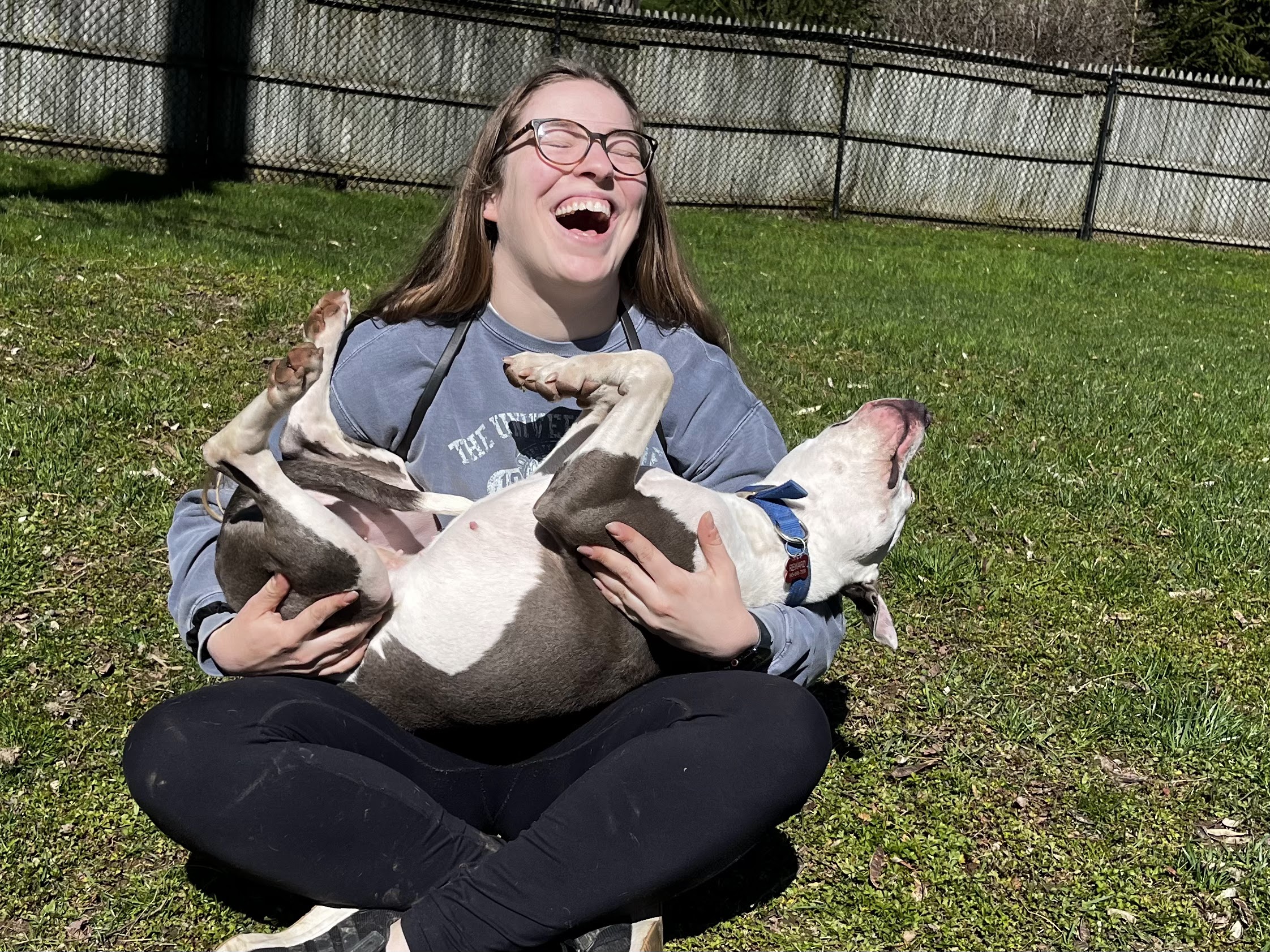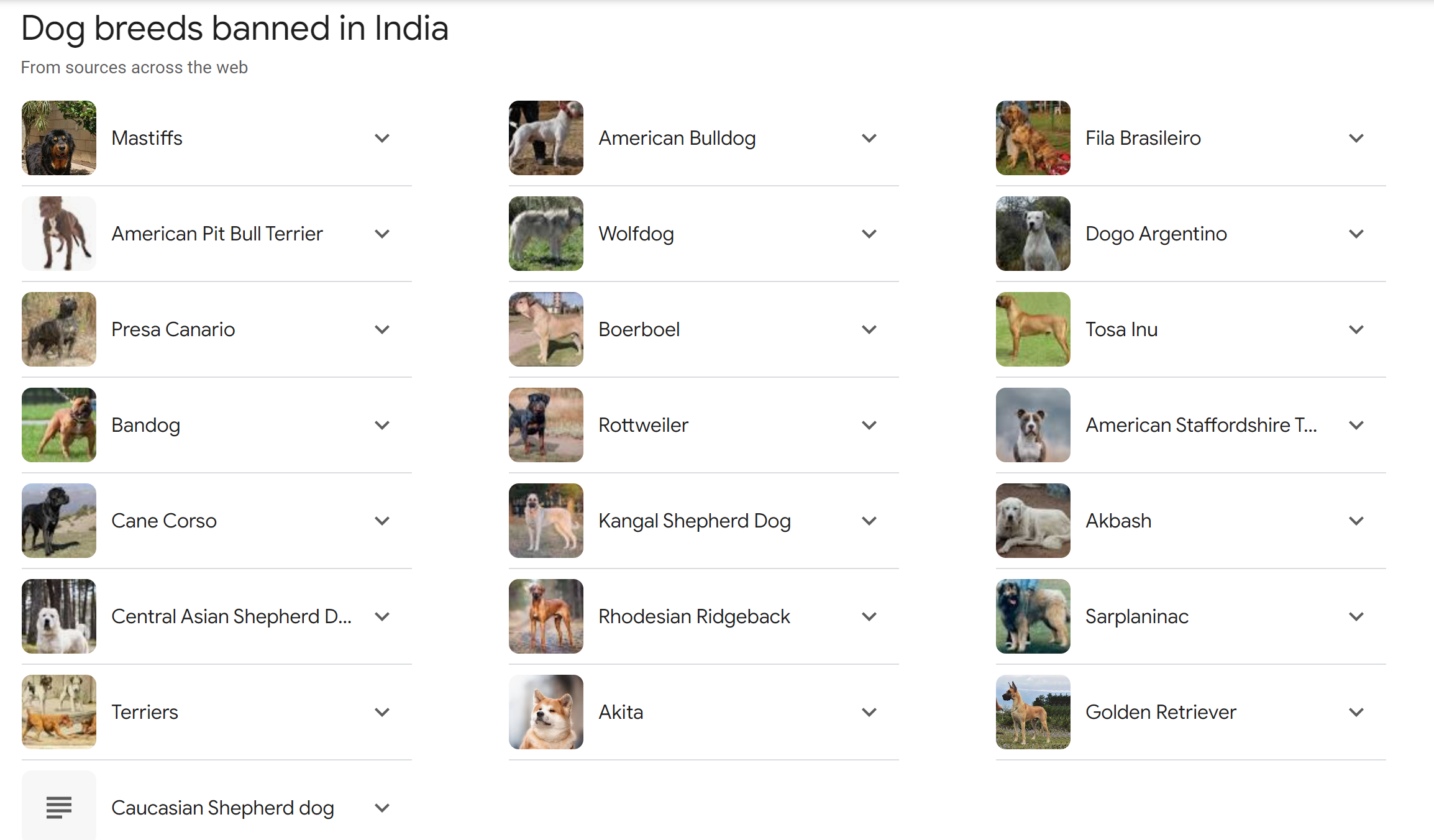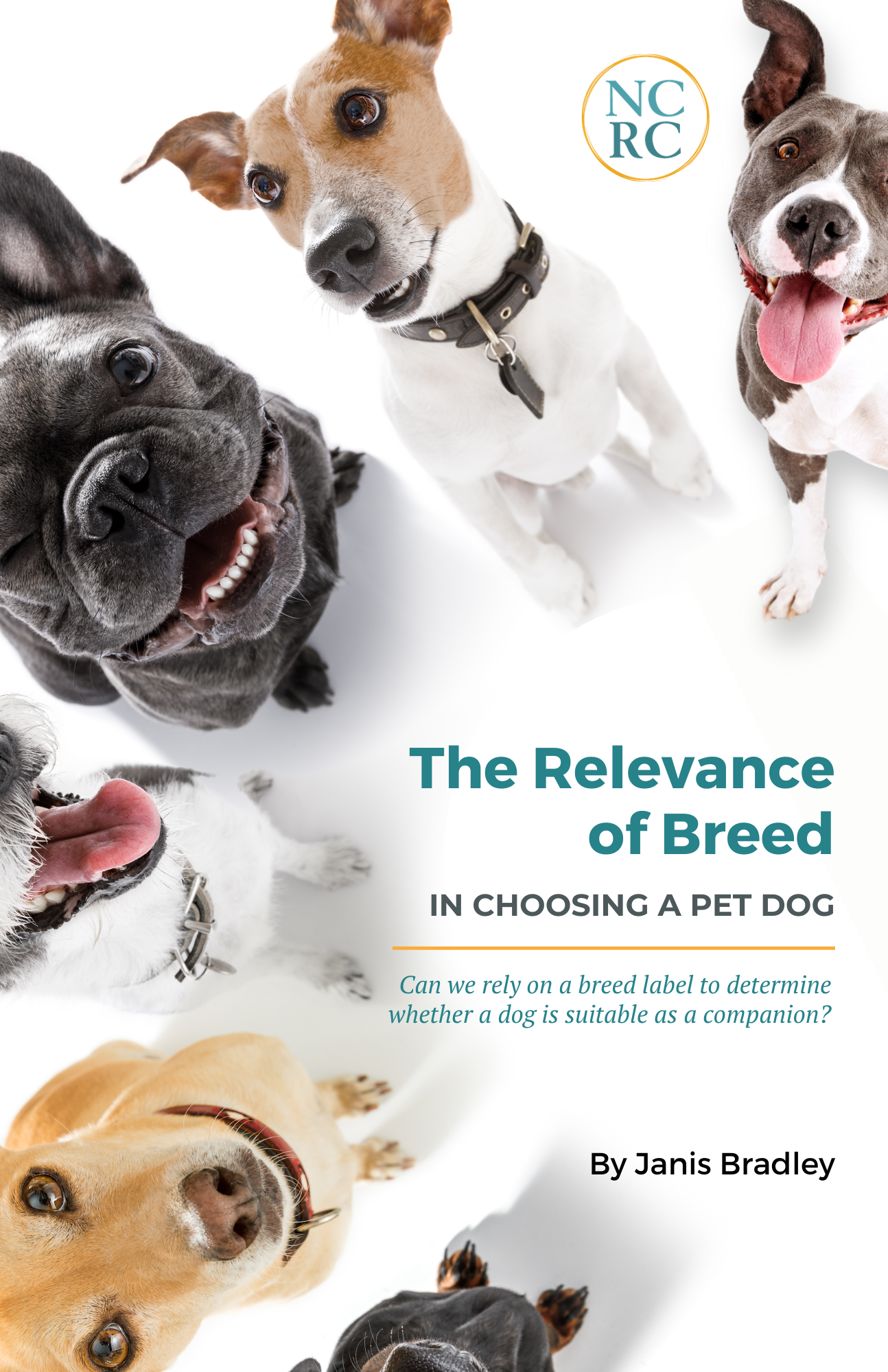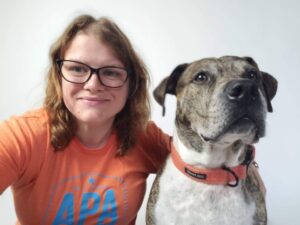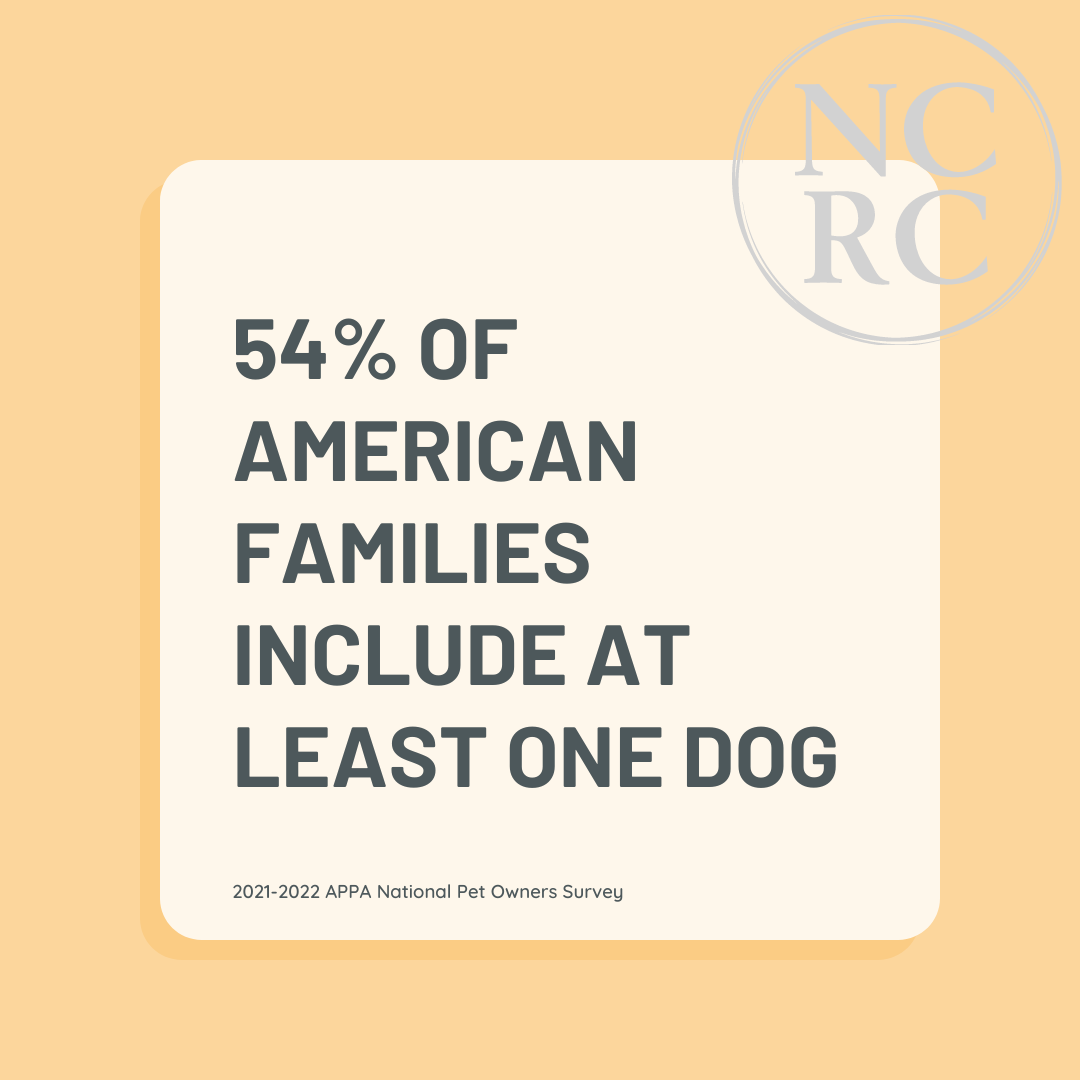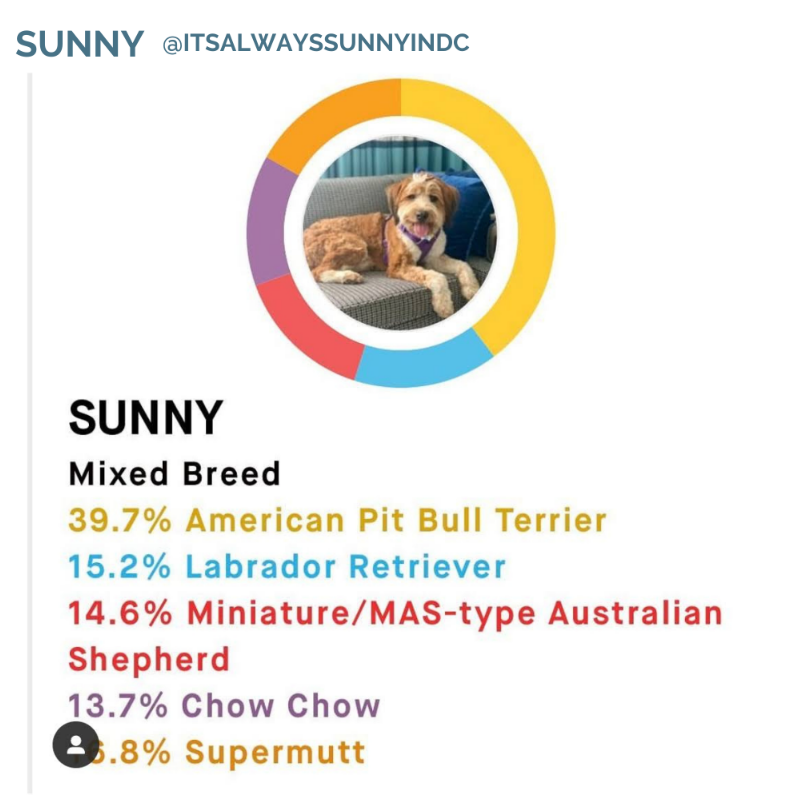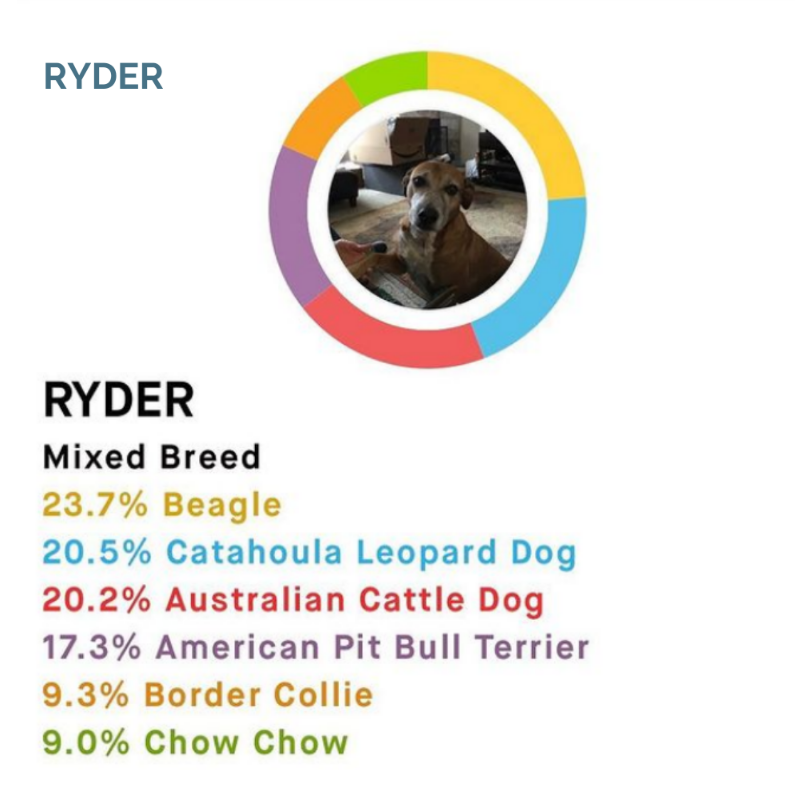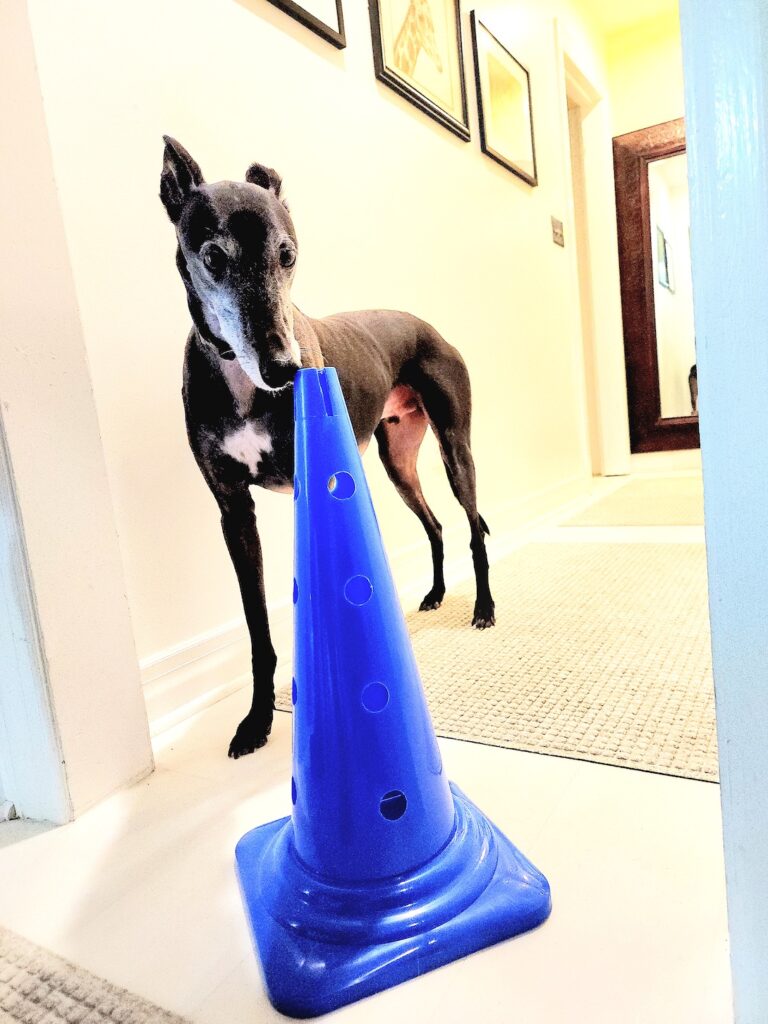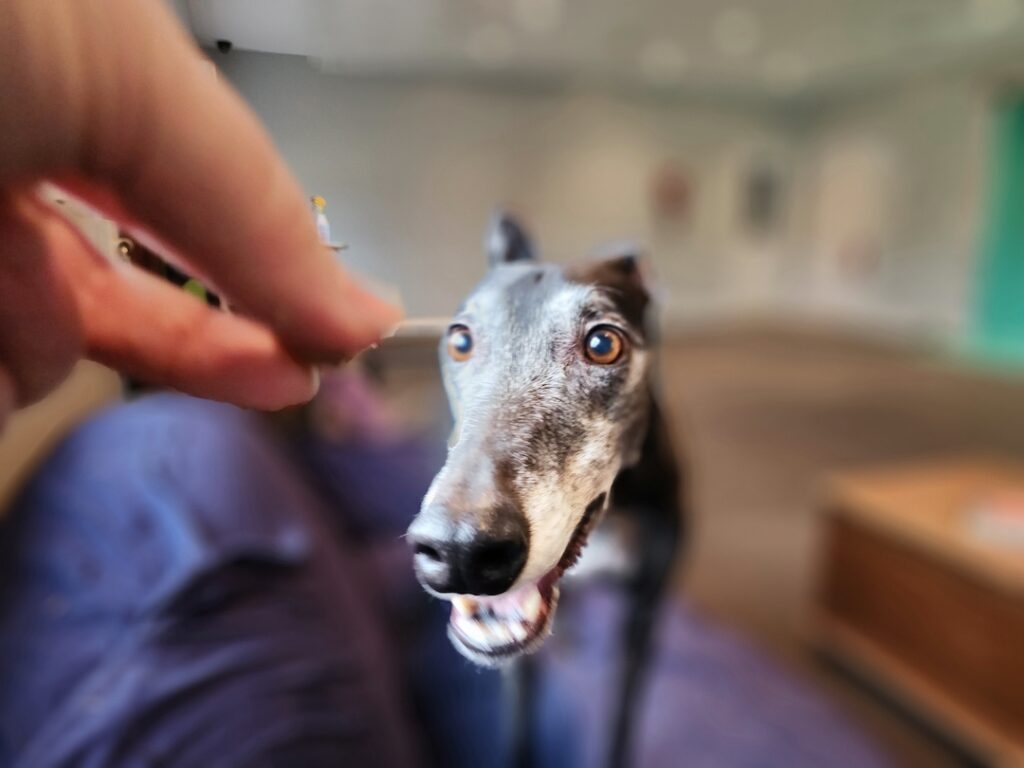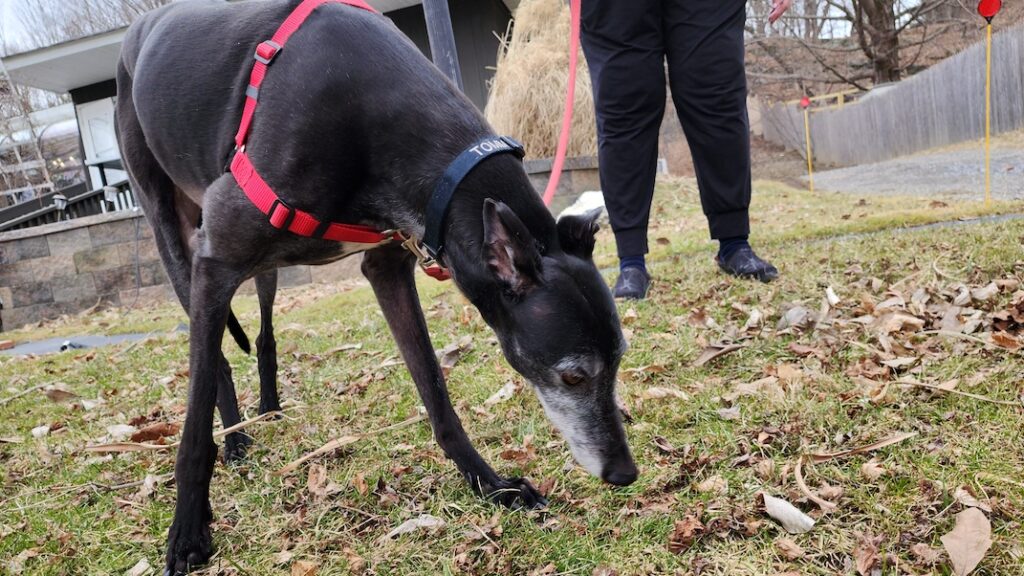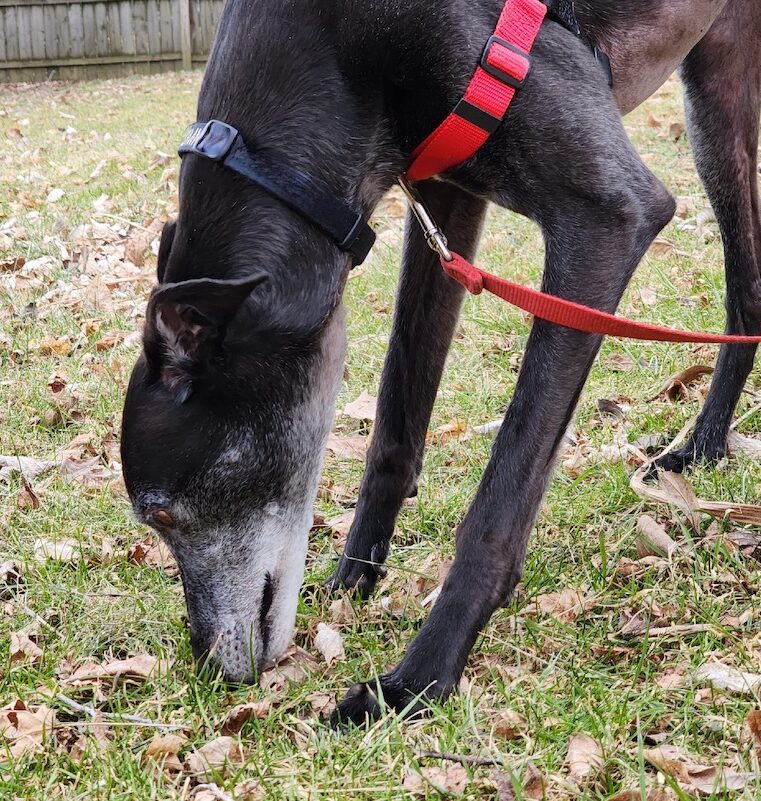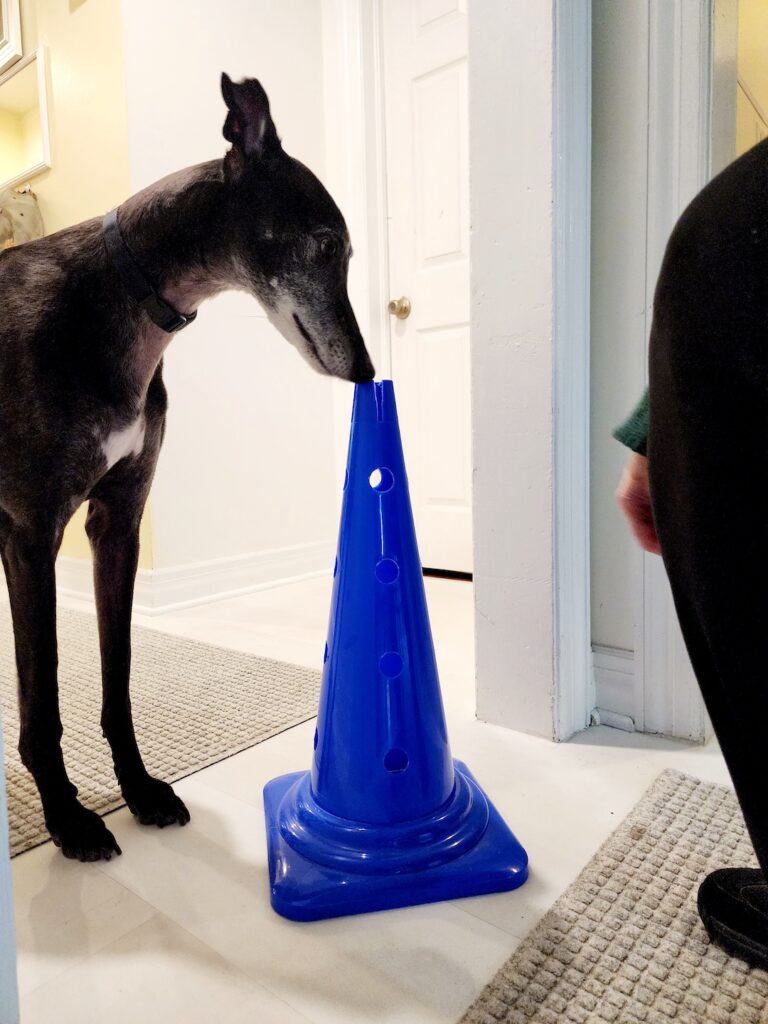Enhance emotional well-being
The human-canine bond offers profound impacts on our emotional well-being. Interacting with a dog can alleviate stress, anxiety, and depression (Ramirez and Hernandez, 2014). Dogs provide love and support, becoming loyal confidants during challenging times. The simple act of petting a dog releases oxytocin, a hormone associated with relaxation and bonding, fostering emotional resilience in humans (Handlin et al 2011).
This can be particularly helpful for people coping with adversity (Applebaum, 2021). Consider these examples:
- Teens struggling with the sometimes brutal reality of adolescent peer culture find non-judgmental comfort with their dog.
- Veterans coping with PTSD report that, since their dog came to live with them, they have felt calmer, less lonely and depressed, less fearful, and generally better able to care for themselves. They report exercising and enjoying nature more (Stern, 2013).
- People experiencing discrimination of all kinds are supported by the loving acceptance of their dog (Applebaum, 2021).
People can also find comfort from the presence of dogs, even ones they don’t live with. Dogs are being brought into more kinds of anxiety-producing situations for just this reason, to provide access to some of that soothing brain chemistry that people stroking the dog on the couch next to them enjoy. We’ve become familiar with the idea of dogs visiting hospital patients and nursing-home residents. Children struggling with reading skills can gain confidence by reading to a dog, who, of course, never corrects their pronunciation or grows impatient with their efforts to sound out a word. Even the scariness of a dental visit or the grief of a visit to a funeral home can be eased for many people by contact with a calm, friendly dog.
